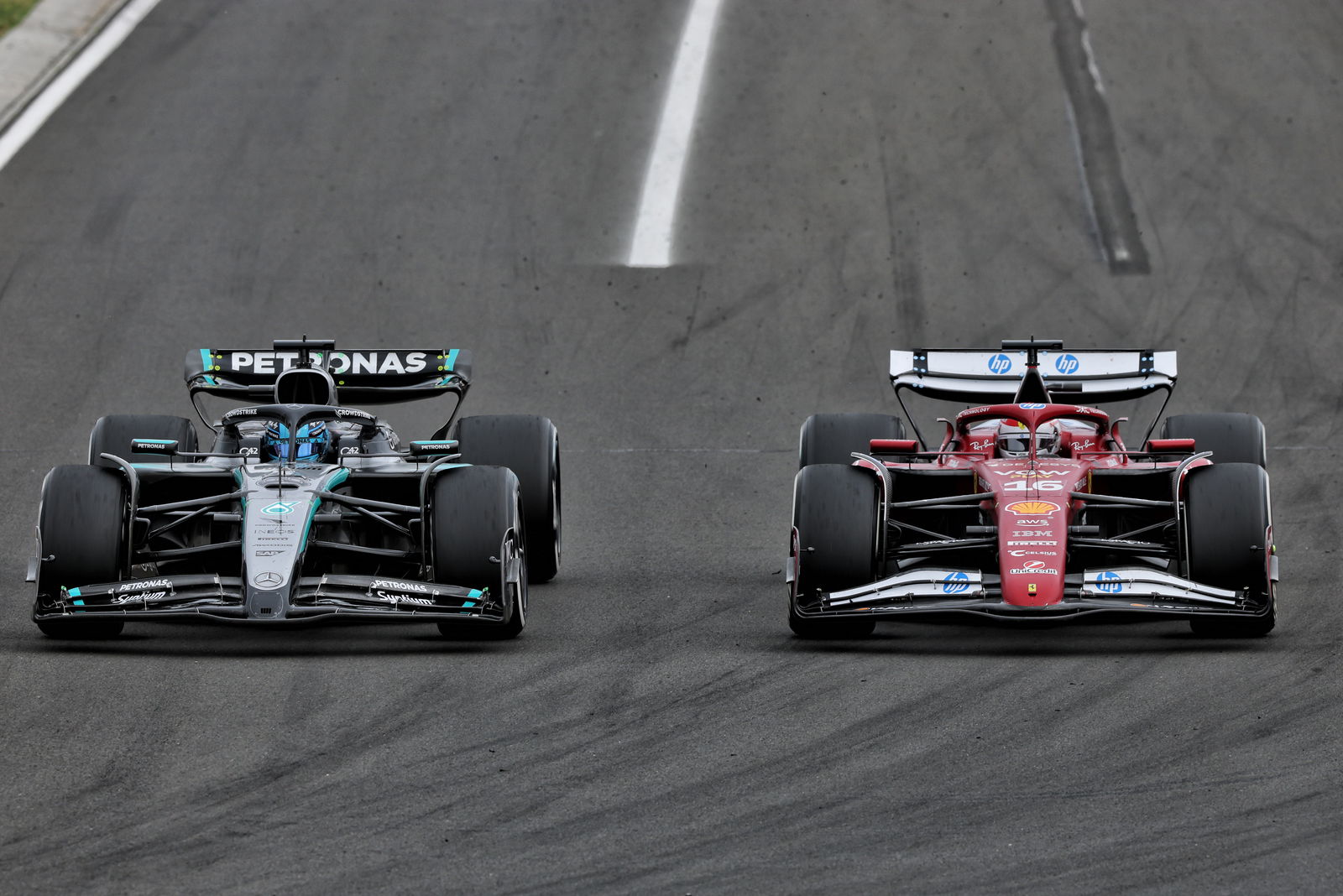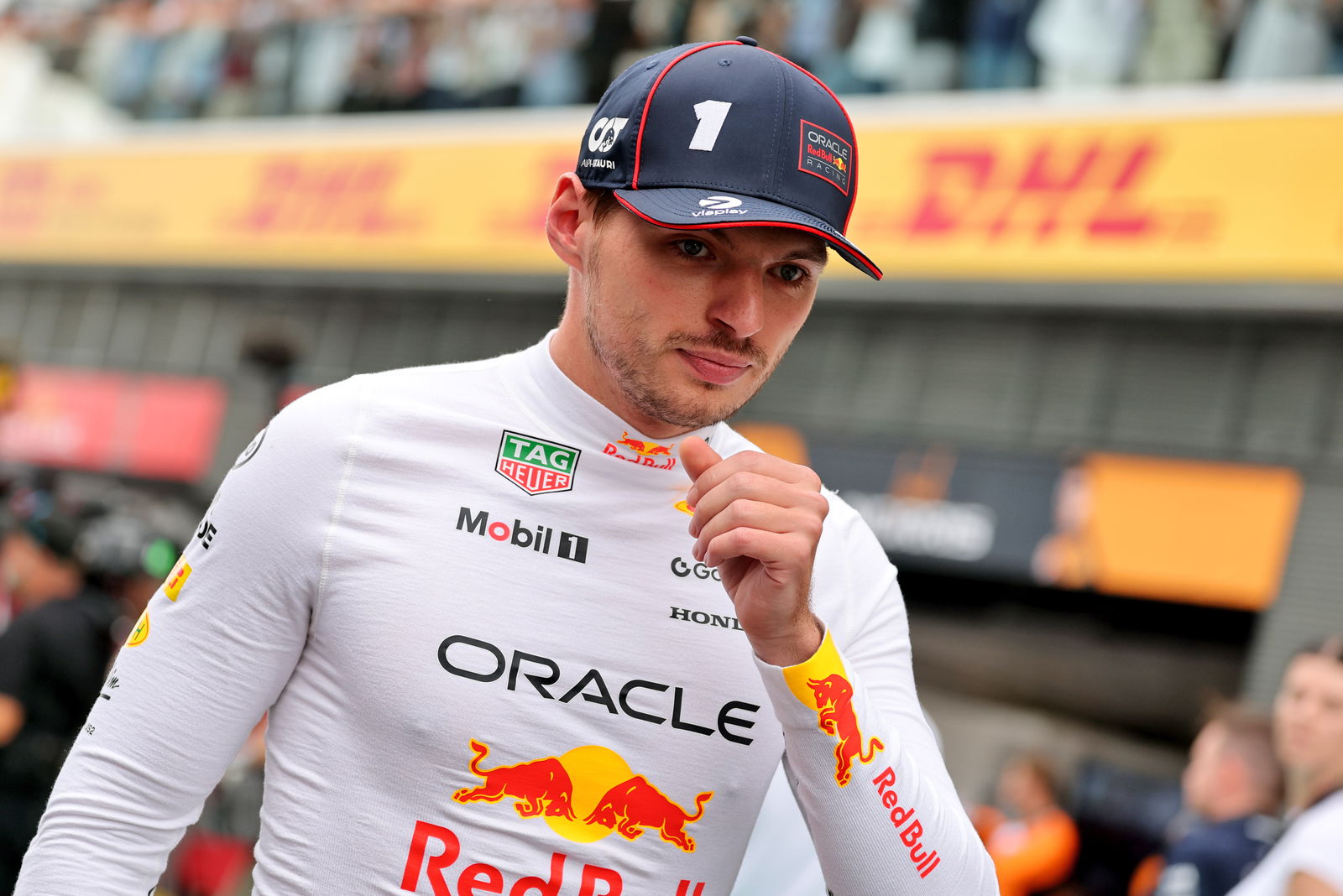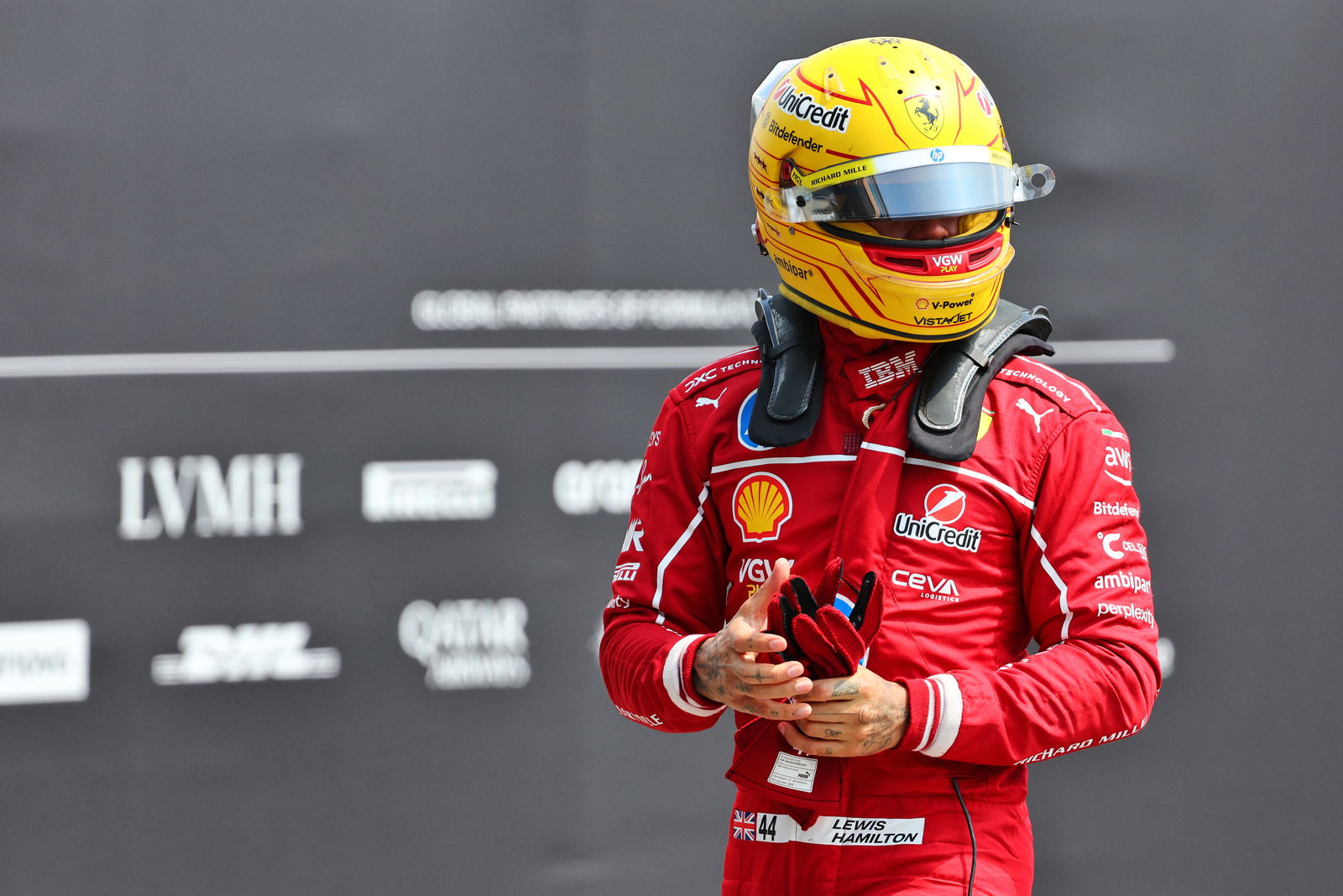Explained: Theory that Ferrari prevented a DSQ - and how they did it
Were Ferrari trying to avoid a Charles Leclerc DSQ at the Hungarian Grand Prix?

Ferrari blamed a chassis issue for Charles Leclerc’s sudden drop-off in pace at the Hungarian Grand Prix - but another theory has emerged.
Pole-sitter Leclerc finished Sunday’s race at the Hungaroring in fourth, 20 seconds behind Mercedes’ George Russell.
Leclerc controlled the race from pole position and looked near-certain to pick up another podium finish.
The Monegasque rejoined the race after his second pit stop just seven seconds behind Lando Norris, who opted for a one-stop strategy.
Leclerc struggled to close Norris down and was quickly overtaken by Oscar Piastri.
He would also lose out to Russell, finishing a disappointing fourth.
George Russell raises theory about Ferrari

Leclerc and team principal Frederic Vasseur confirmed after the race that a chassis issue caused his drop in pace in the second half of the grand prix.
However, Russell has disputed this.
Russell suggested that Ferrari were forced to increase Leclerc’s tyre pressures in the final stint to manage their plank wear.
He backed this up by outlining that Ferrari were using an engine mode specifically run to care for the plank underneath the car.
“I saw how close he was, something was not right,” Russell explained.
“The only think we can think is that they were running the car too close to the ground and they had to increase the tyre pressure for the last stint, because they were using an engine mode which makes the engine slower at the end of the straight, which is where you have the most amount of plank wear.”
Expert spots a “tell-tale” sign
After Russell’s interview, Sky analyst Anthony Davidson analysed Leclerc’s race in detail.
The former F1 driver noticed that Leclerc’s car was immediately sparking at the start of the race.
Ferrari saw both of their cars disqualified following the Chinese Grand Prix for excessive plank wear, and it’s an issue that it’s been forced to manage throughout the season.
“Straight away off the line, I am watching for plank wear potential on the Ferrari. Look at the sparks thrown up even at moderate speed through Turn 1… I saw more on the run-up to Turn 4. Sparking is a tell-tale sign that the car is low.
“It’s really hard for all the teams to get right. You want it for qualifying but then you dump a load of fuel, around 100kg, go into it heavier with colder tyres. You can do a lot of damage to plank wear.
“When you come to the final pitstop and they’re worried about the car being too low, therefore the plank wear being too high…
“He comes in. The next set of tyres going on, if they’re boosted pressures, it plays havoc with grip. It’s a good case study from George. It’s funny how the teams analyse each other. They’ve got all the data and they knew exactly what was going on with Leclerc’s straight-line speed.
“I was in the pitlane and I said it would be hard for Leclerc to be overtaken because he’s been quick all weekend down the straight. But he was like a sitting duck which was a real surprise to me.
“The other teams have seen the data. They have seen the straight line speed drop throughout the race. At maximum speed you are doing most downforce and the biggest damage to the plank.
“The set of tyres which went on might have had unwanted pressure, they overheat quicker, and there goes your grip…”
'Preventative measure' by Ferrari to stop a DSQ
Former F1 strategist Bernie Collins said that if Russell’s theory were true, it would be a clear “preventive measure” to avoid potential disqualification for Leclerc.
“It was a preventative measure,” Collins said. “Raising tyre pressure raises the ride height, that’s why you get less plank wear.
"It’s very small but with these cars millimetres make a difference.
“That is a preventive measure, it’s a way of preventing the plank hitting so much. They can see how much the plank is contacting on the earlier stints. They can take the pace for the earlier stints but maybe not the whole race.
“George mentioned maybe they turned down the engines so the car is not so fast. If the car is not so fast on the straight, you take off downforce, and the rear of the car will lift up.
“Both methods will prevent the plank being in contact with the ground. Straight line speed is easy to spot on GPS for any team, it’s a control system on the car.
“The tyre pressure is more difficult for teams to spot. You don’t get that data from teams. Pirelli and the FIA will get it, but other teams don’t.”


